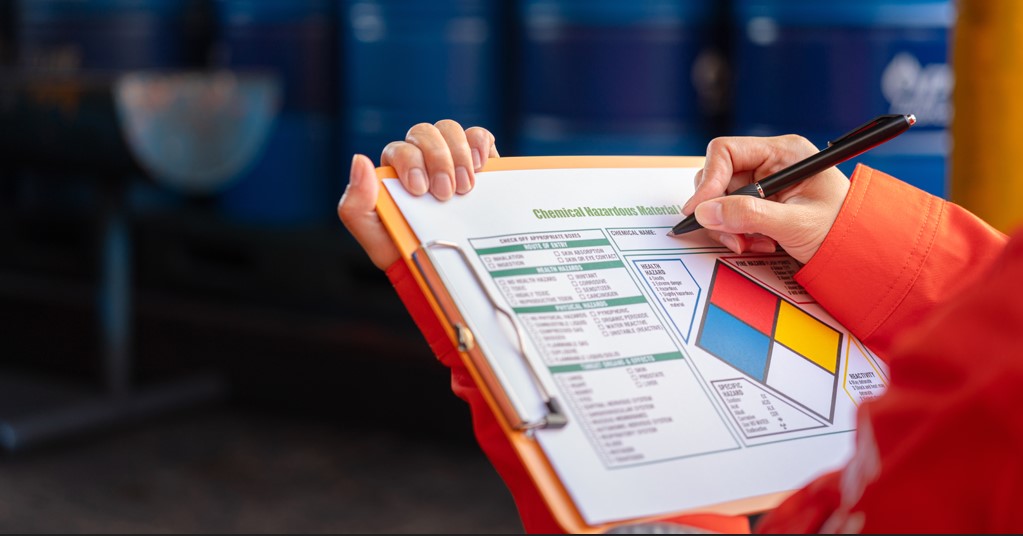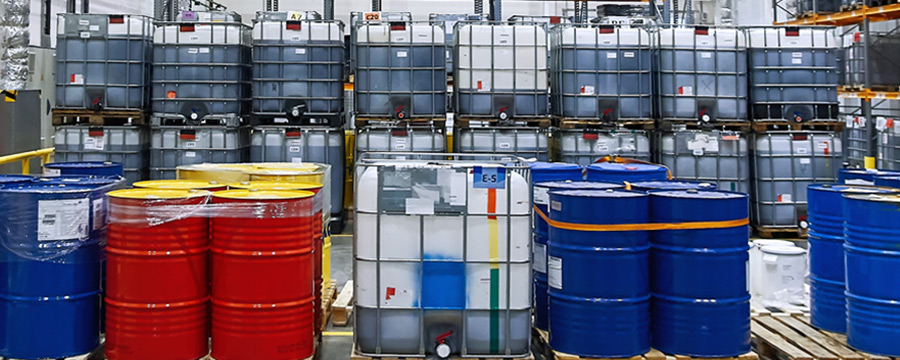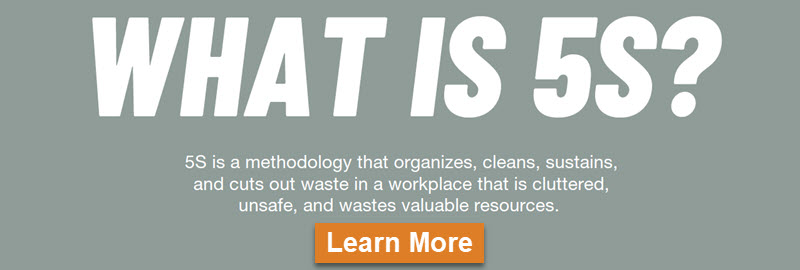
What Kind of Chemical, Hazmat or Pipeline Safety Signs Does Your Business Need?

Do you store any fuel at your business? What about propane tanks or gas cylinders? How about pesticides or herbicides? Asbestos? Solvents? Paint thinner? Explosives? Are there any other chemicals or hazardous materials of any kind at your place of work?
Safety signs for chemicals, hazardous materials and pipelines are heavily regulated by OSHA. Is your business compliant? Are you sure?
This article shares best practices you should be following consistently in order to keep your employees, customers and visitors safe — not to mention reducing your potential liability.
The problem is, it can be overwhelming just trying to understand all the federal regulations involved so you can acquire the necessary signage. Let’s go over the five different kinds of hazardous material signs you’ll need for a safe and secure workplace.
Need more specific guidance? We’ll also direct you to our web page where you can simply type in a chemical name to find out what specific signage you’re required to have for it.
1. Chemical Safety
OSHA 1910.1200(a) is intended to ensure all hazards of all chemicals produced are communicated to employees and employers.
Each year, hundreds of workers in private industry die from exposure to harmful environments or substances, including chemicals, according to the federal Bureau of Labor Statistics.
Don’t be a statistic. If your business stores fuel, gases, industrial solvents or any other chemicals, it’s crucial to post easy-to-read signs, symbols, placards and labels that will continuously remind your employees of proper safety procedures.
Also, chemical safety signs can do more than simply identify the substance in question. They can specify dangers related to specific substances to ensure proper use and prevent injuries.
Our wide variety of chemical safety signs can be found here.
2. Fuel Safety Signs and Labels
OSHA 1910.1200(g) requires that hazard classifications be identified and chemicals be labeled according to the GHS standards.
Fuel is perhaps the single most commonly encountered chemical hazard. It’s the lifeblood of countless vehicles and machines. But ironically, it’s so widely used in the workplace that employees can fail to recognize it as a potential danger.
ComplianceSigns.com has virtually any kind of fuel-related signage you could possibly need — whether it’s gas cylinder labels, a fuel sticker for a massive tank, or a diesel fuel label for a single truck.
Our selection of fuel safety signs can be found here.
3. Hazmat Diamond Signs
NFPA 704 is the Standard System for the Identification of the Hazards of Materials for Emergency Responders. The National Fire Protection Association (NFPA) has established these simple but strict standards for identifying chemicals and the potential hazards they’re capable of causing.
NFPA 704 diamond placards are designed to inform firefighters and rescue workers of chemical hazards in an area, so they will know if they’ll need particular equipment or if they’ll need to follow special procedures.
That’s why it’s so crucial to follow NFPA signage regulations. In a quickly developing crisis, fire departments and other emergency crews need the information on these diamond labels immediately so they’ll know what precautions to take.
Our selection of NFPA 704 hazmat diamond signs can be found here.
4. Pipeline/Utility Signs
Rules governing pipeline safety are set by the Pipeline & Hazardous Materials Safety Administration, and included in Title 49 of the Code of Federal Regulations (CFR), Parts 190-199. Individual states may have additional or more stringent pipeline safety regulations.
There’s an entire underground world of utility lines and pipes that we almost never see with our own eyes. Not knowing their locations can have disastrous consequences, though.
If a crew starts digging, they’re in danger of getting a nasty surprise if an underground utility line or pipe isn’t appropriately marked. Clearly marking them can help avoid excavation accidents that can lead to deaths, injuries, service interruptions, environmental damage and liability.
ComplianceSigns.com has underground cable signs to warn diggers of potentially deadly shocks, pipe markers to help maintenance workers, and gas pipeline labels to prevent explosions. We’ve got signs for marking gas pipelines, water and sewer lines, petroleum pipelines and more.
Our assortment of pipeline and utility signs can be found here.
5. GHS Signs and Labels
OSHA 1910.1200, recently aligned with the Globally Harmonized System (GHS), requires that all primary and secondary containers be labeled according to the GHS system.
Is your business involved in manufacturing? If your company makes plastic, polyester, PVC pipes, housewares, antifreeze, auto parts or thousands of other products, then you’re likely dealing with chemical compounds like ethylbenzene, ethylene dichloride, ethylene glycol or methanol.
And if you’ve got chemical compounds like that in-house, then you need the appropriate GHS signage. The GHS is international standard for classifying and labelling hazardous materials and chemicals. Universal warning pictograms are a core element of this system.
Signs and labels with GHS pictogram symbols and HAZCOM signs will help you comply with the OSHA Hazard Communication Standard for chemical labeling.
- Use diamond-shaped GHS labels on chemical containers.
- Use GHS signs to alert workers of chemical hazards.
- Use GHS pictogram wall signs and wallet cards to ensure that workers understand the meaning of each symbol.
A selection of GHS signs and labels can be found here.
Stumped? Try the Chemical Sign Selector
Does your business store any gasoline? Propane? Formaldehyde? Sodium carbonate? Hydrochloric acid?
Chemicals that are commonly found in many workplaces require a variety of signs or labels to identify their potential hazards. But it can be a real challenge to figure out exactly which signs you need to use for each chemical.
This task is made easier by using the ComplianceSigns Chemical Sign Selector, which will show you relevant signs for many common chemicals, based on SDS information. Depending on your operation, you may need signs addressing hazards and health risks, required PPE, handling procedures or transportation instructions as required by regulatory bodies including OSHA, GHS, NFPA, DOT, DOD and more.
Use the Chemical Sign Selector to find the signs you need in four easy steps:
- Search by chemical name, CAS Number, UN Number, or choose the first letter of a chemical name from our A-Z list.
- Select your chemical to see signs, labels and pipe markers for that chemical.
- Choose a sign to see details and pricing.
- Add the sign to your cart and continue shopping for each new chemical sign you may need.
Remember, having the right chemical, hazmat and pipeline safety signage cuts down on workplace injuries, reduces your potential liability — and can even save lives.

